Efficiently Conserving Water in Your Lawn and Garden
Two major water consuming agents in an average household are bathroom fixtures and watering the lawn. The summer tips the scales considerably in the favor of garden and lawn, as half of the total water use goes there during the warm summer months. There are, however, ways to significantly lower the water expenditure and retain a gorgeous, fruitful plant farm, so stay tuned.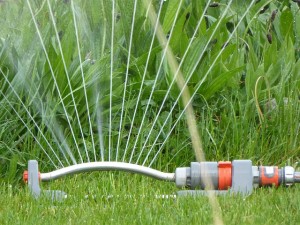
Water and plant related facts
Let’s quickly revise the scope of garden water indispensability:
- 80-95% of vegetable crops is water
- Common garden dirt contains up to 4” of water per sq ft
- Vegetables need 1-2” of water a week
- The transpiration process of corn yields 55 gal per season, while regular-sized tomato plant gives 30 gal
The importance of organic compounds
Not all soil is homogeneous in composition, even in the different places in our garden. The ground is basically a storage of different-sized mineral bits. The bigger ones like sand allow the faster passage of water, while clay rich soil will greatly slow down the water absorption.
To solve both of these issues, there’s one useful method: introduce organic compounds. The organic material, such as crumbled leaves, compost and manure will upgrade the land’s permeability and holding capacity. A minimum of compost needed is 1” per year.
Root-zone water delivery
Employ effective tools and equipment to get the crops adequately watered with special hoses, sprinklers and drop by drop systems. Soaker type of hoses keep a whopping 90% of water available to the plants. The sprinklers are somewhat less efficient with up to 50% of accessible water provided. Dripping systems coupled with soaker tubes keep the evaporation at minimum while in-between areas are conveniently dry and unfavorable for weed thriving.
Mulch backup
By utilizing 6 to 8 inches of mulch, the water consumption can be halved by means of diminished evaporation and invasive weeds blockage. The organic type holds the water on its own and disperses it in the form of humidity distribution for nearby plants. The mulch mixtures typically contain finely crushed leaves, compost, straw, hay, old newspapers and mowed grass.
Free sources
Rain water is often the best option for the plants. It’s usually not charged around the world (unlike some bizarre cases of rainwater control), it’s chlorine-free and clear. Exploitation of strong and capacious cartage tanks to intelligently collect rain from drainpipes is a long-term and wise investment. These can also store fertilizers, and the hose and a tap attached to it enable the handy management. The capacity goes from 100-13000 liters! Calculate the potential of rainfall harvesting using the online regional calculators.
Downsize the lawn
The special turf grass kind typical for lawn landscaping is the highly water-thirsting and demanding to maintain. Consider involving some low-key perennial plants or ground-covers instead.
Careful planning
A thorough plan devised prior to introduction of plants will let you make the most of site traits like soil, sun, wind and shade. Put together plants with comparable water necessities. Another thing: analyse the way your plants utilize the needed water. Will it be necessary to deliver water to some heavy slurpers in the distance parts of the yards? Answer to this question could save your time and money in the long run.
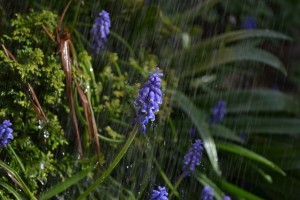 Plant selection
Plant selection
Opt for plants that are happily supplied with just getting the locally available rainwater and cut down on work required to maintain a garden. When it comes to drought-resistant perennial plants, select the kinds that are common for your region or similar climate area.
These are the true survivors as they have already adjusted to the soil and weather conditions. Some near the desert dry area will certainly house water-undemanding plants, unlike the water drenched valleys. Lastly, consult your local gardening cooperative to get some not-so-well-known tips regarding this topic.
Good care=less stress
Take proper care of the vegetables you planted and you won’t need to include special water conservation techniques. The use of fertilizer will also be decreased and pest repellent will be less of an issue. These are some preemptive measures:
- thinning
- pruning
- weeding
- pest monitoring
Water resources are not bountiful as they once were. Use these tips to conserve it to your benefits.
Article written by Lillian Connors. If one thing is true about Lillian Connors, her mind is utterly curious. That’s why she can’t resist the urge to embark on a myriad of home improvement projects and spread the word about them. As the Co-Editor at SmoothDecorator, she cherishes the notion that sustainable housing and gardening will not only make us far less dependent on others regarding the dwellings we inhabit and what we eat, but also contribute to our planet being a better place to live on. You can check her out on Twitter and LinkedIn.

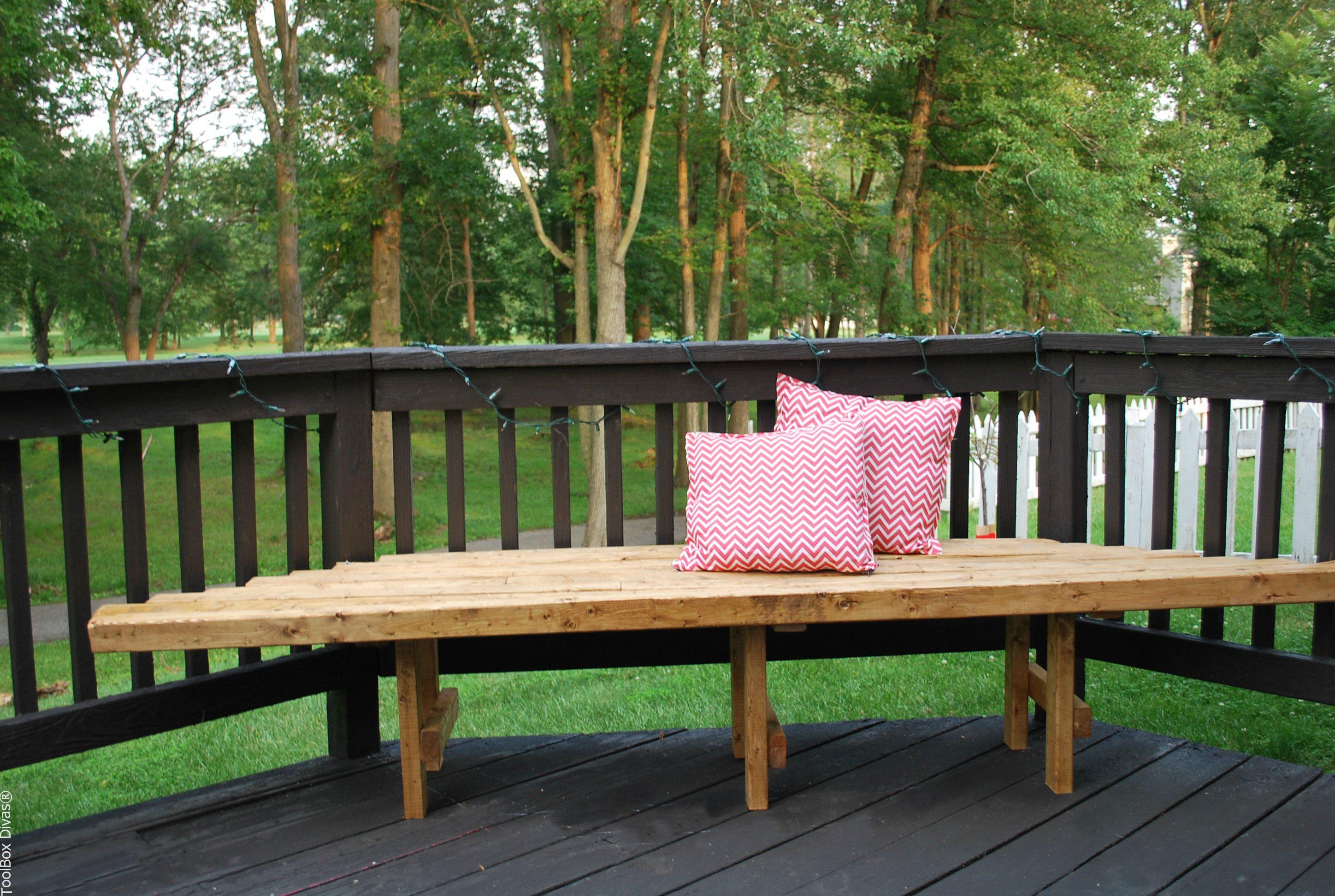
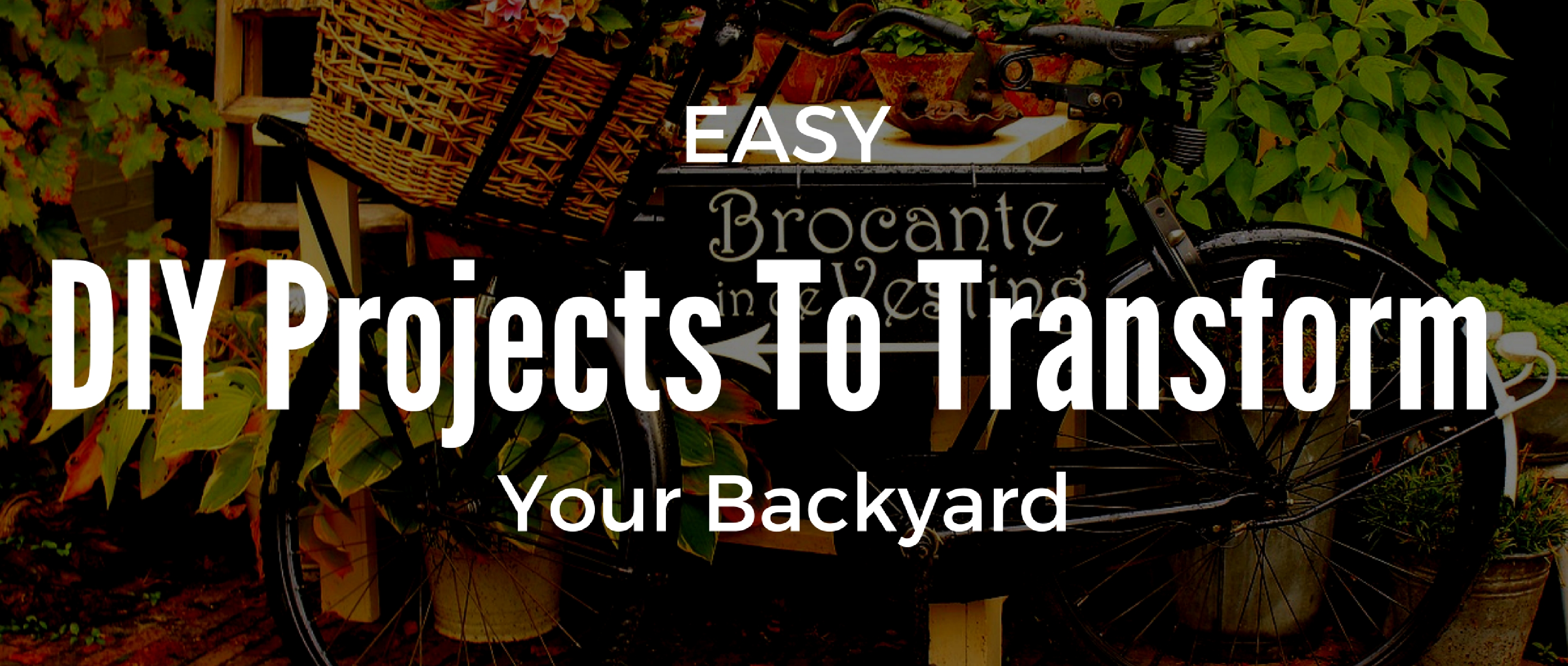
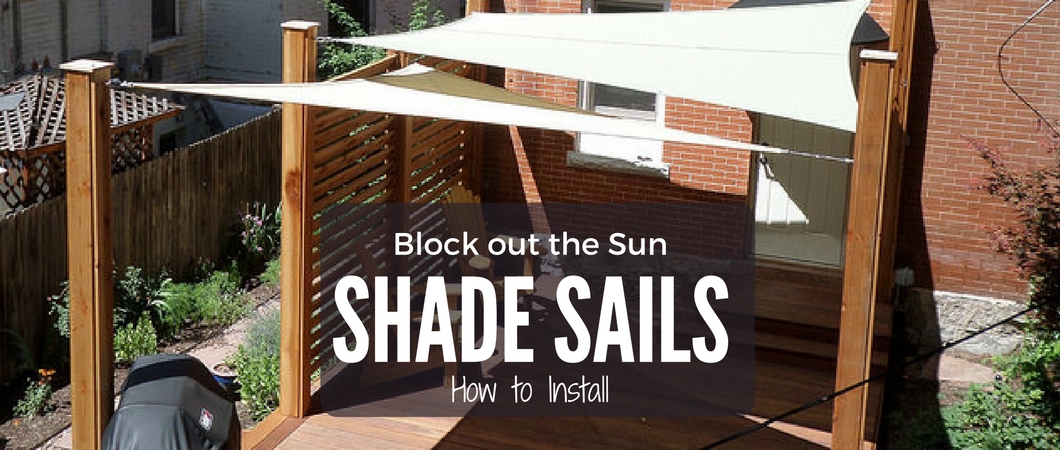
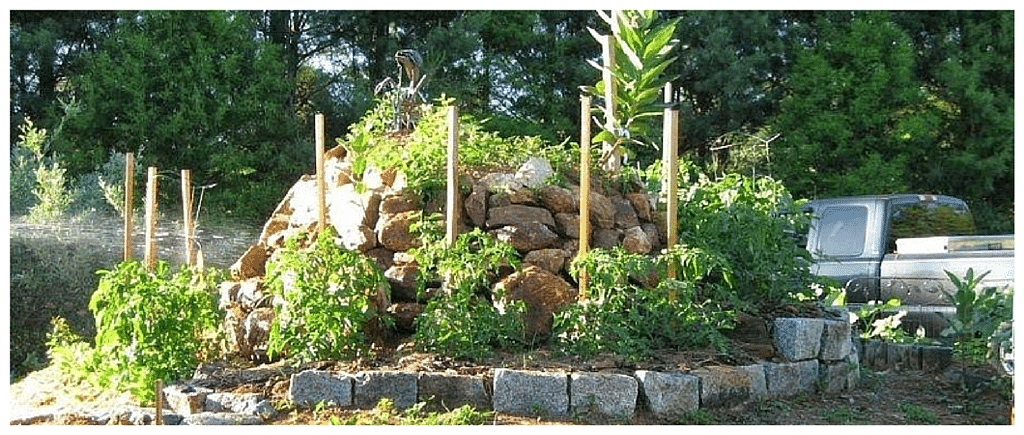
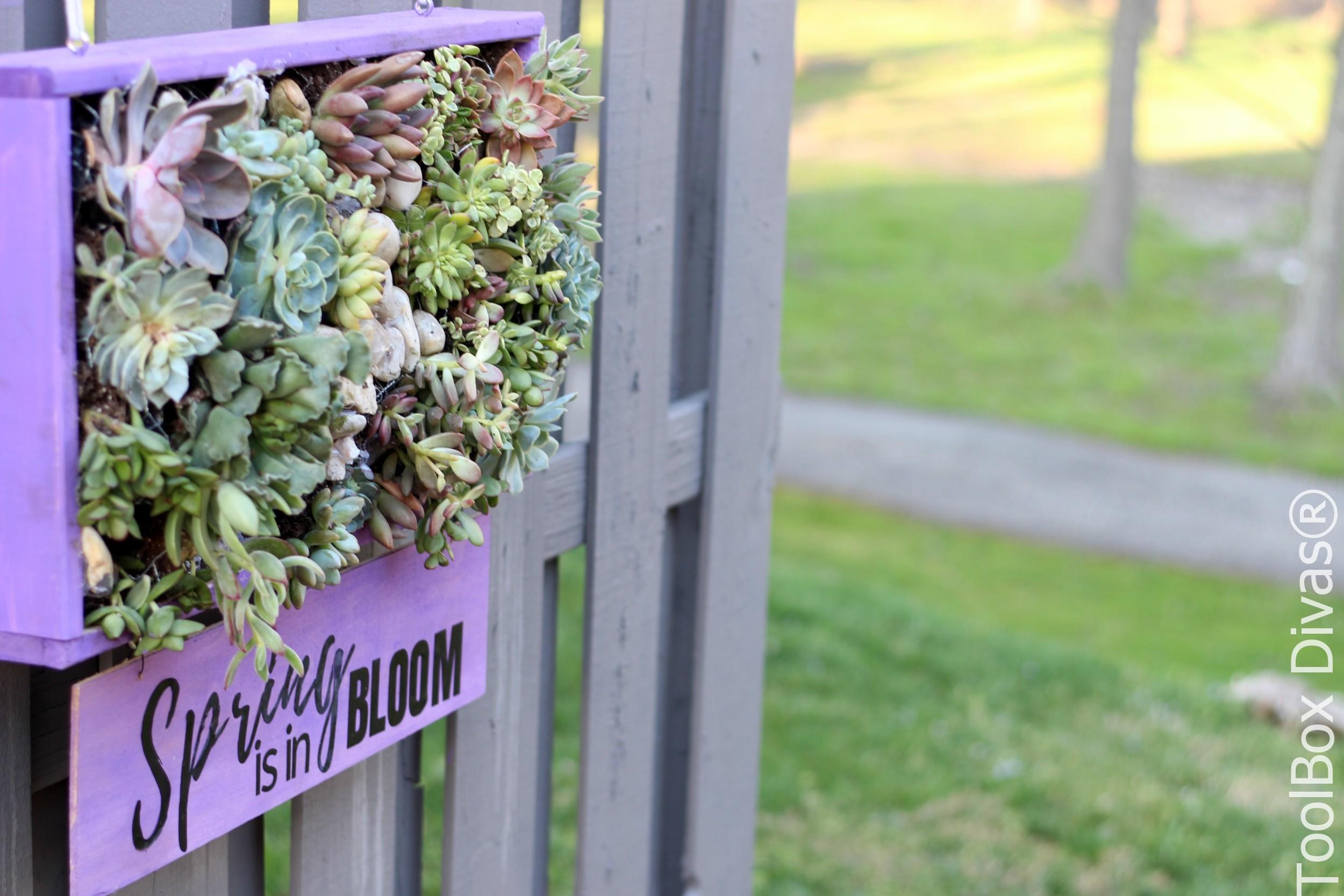
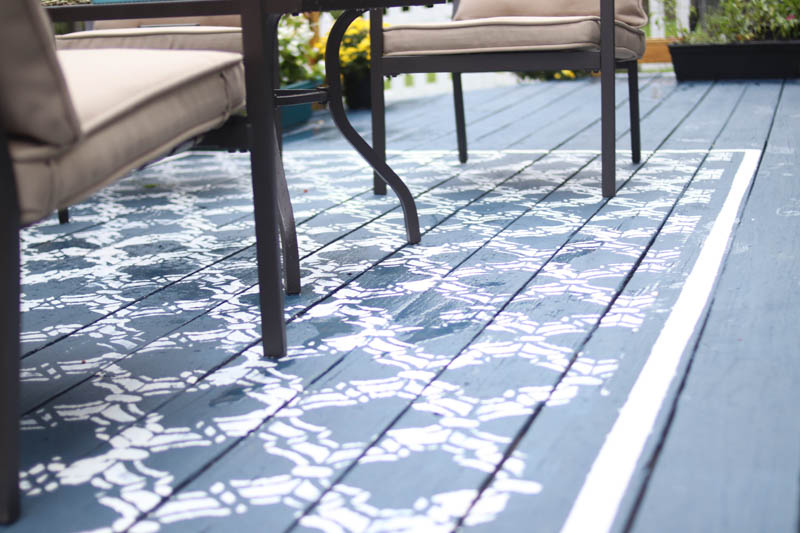
If you need to water, time of day is important too – morning or evening is best. Great tips for water conservation, thanks for sharing.
Great point. Thank you!